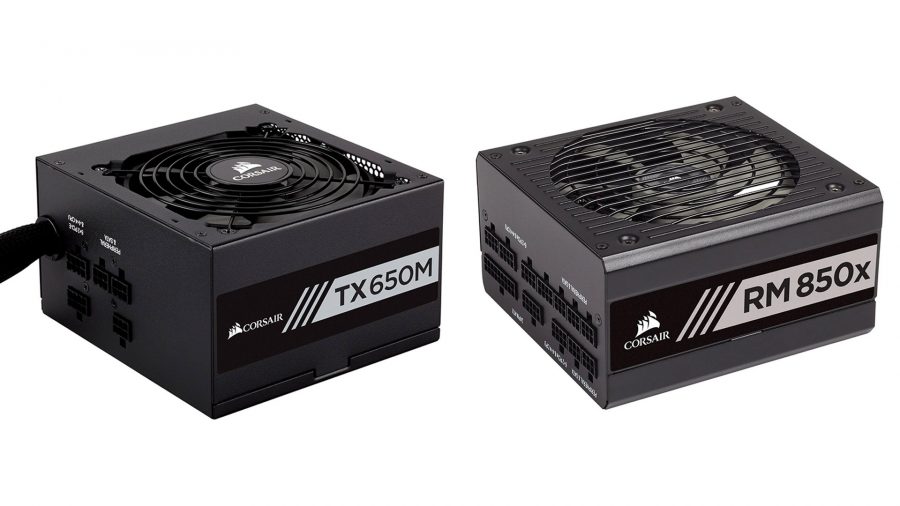Learning how to manage cables inside a gaming PC is more important than you think. Building your own gaming PC has never been easier, but even the best graphics card and RGB-lit chassis can’t always save you from Reddit ridicule, especially if your rig’s guts look like some kind of spaghetti monster.
Take time manage cables inside your gaming PC might seem like a hassle, but it can help your team thrive. First, cleaning out the cables can make upgrading to the best gaming CPU feel like a bomb defusal scene from an action movie. Also, if you’re looking to increase the frame rate of your favorite games, freeing up some case space can help keep you cool while overclocking your CPU and GPU.
Sure, you could cheat by packing everything up for the best gaming motherboard and squeezing the side panel back, but there are much more elegant solutions. Follow these six cable management steps and your installation will look professional in no time.
If you’re just starting to figure out how to build a gaming PC, you’re in the perfect position to think about cabling. After all, it’s always easier to start from scratch than to go through the delicate process of untangling a birds nest of threads that are already in your system. That’s not to say that finished systems are impossible to save, but they do require a bit more work, since we always recommend unmounting them first.
1. Modular and semi-modular power supplies
With a little effort, almost any PC can be revamped, but if you need something to help you manage your cables, a modular power supply will come in handy. Instead of leaving cables you never think of using strewn around your case or squashed behind your motherboard, the Modular Power Supply eliminates those unnecessary cables by making them removable.
Choosing what you can plug in simplifies the process of building the best gaming PC, not only does it make things a lot neater, but it also saves you the headache of a bunch of cables getting in the way of putting everything together. .
If the cost of modular power supplies means this isn’t an option for you, perhaps look into the semi-modular options out there. As the name suggests, only some of the cables are removable on these models, but the permanently installed ones are the ones you’ll likely be using anyway. Naturally, if you want to maximize space in your mini-ITX case, you should also consider going for an SFX (small form factor) power supply to give yourself plenty of room to work.
If you’re stuck with a non-modular power supply, you can still get pretty decent cable management, it just takes a little more effort. Don’t worry if this all sounds daunting, we can also walk you through how to install a power supply.
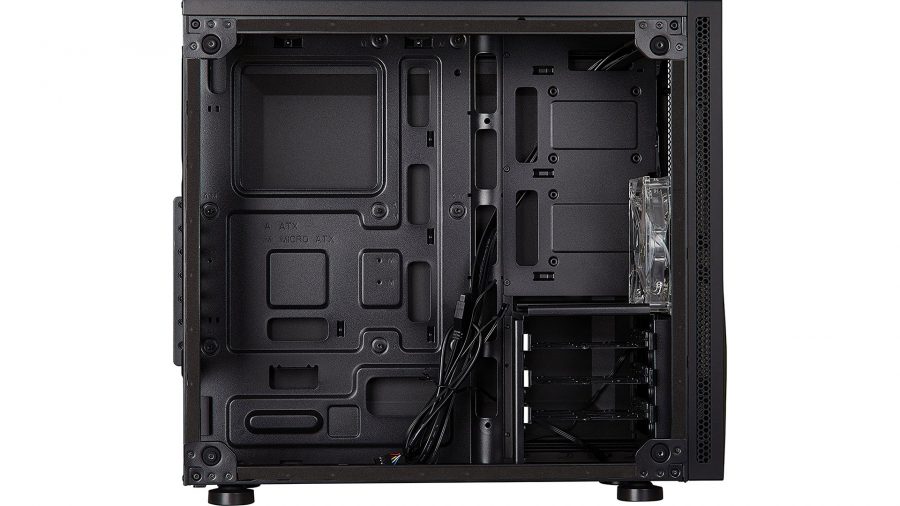
2. Choose the right occasion
Most cases come with cable management features these days, but not all of them are built the same. If you’re looking for a new case, whether it’s an update or a new version, you should always look for:
- Size, as smaller cases tend to be more cumbersome
- Rear cable routing spaces
- Cover for your power supply
- cable management bar
Large cases aren’t for everyone because of the space they take up, but they often have lots of extra features to help with cable management, like a power supply cover to hide extra cables you don’t have. need. and a cable management bar to keep things tidy. And face facts, it’s a lot easier to get around when you run the cables out the back.
That’s not to say you can’t find similar functionality in a smaller package, but if you can’t fit a full-size tower or even a mid-tower in your room, then mini-ITX models Cash register Get a little crafty and you’ll want to use all available cutouts and rubber grommets to the best of your ability. Here are some of the best PC cases for cable management:
Cases with good cable routing no longer cost a fortune, so there’s no excuse for poor cable management.
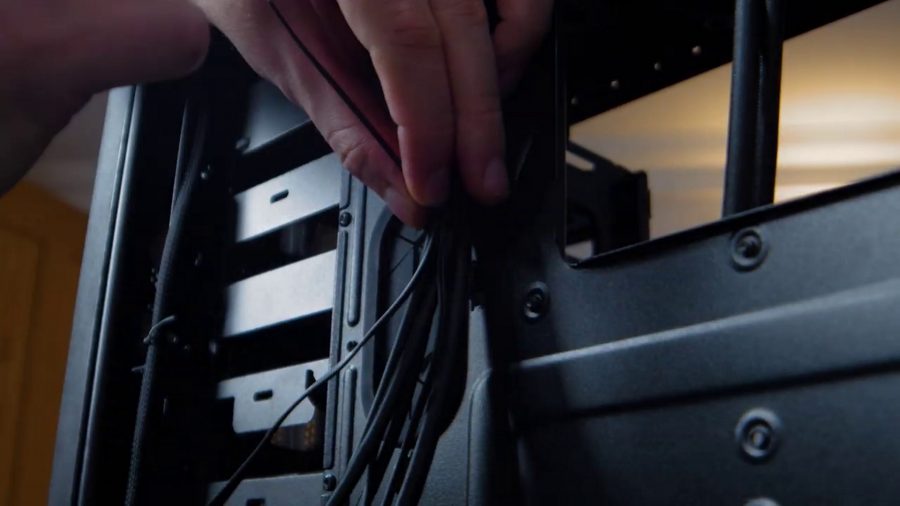
3. Arm yourself with cable ties, preferably Velcro.
Working with cables can sometimes be compared to walking through the jungle, especially if you are using a non-modular power supply. Instead of cutting the wires you don’t need, which we certainly do Nope Recommended: You can use cable ties to keep them out of the way and secure them in place when you’re done.
We recommend using velcro ties instead of plastic zip ties or spiral ties as they are less tiring, reduce the risk of cutting other cables and are completely reusable. And best of all, they don’t cost too much, as you can get 100 velcro cable ties on Amazon for around $12 / £9.
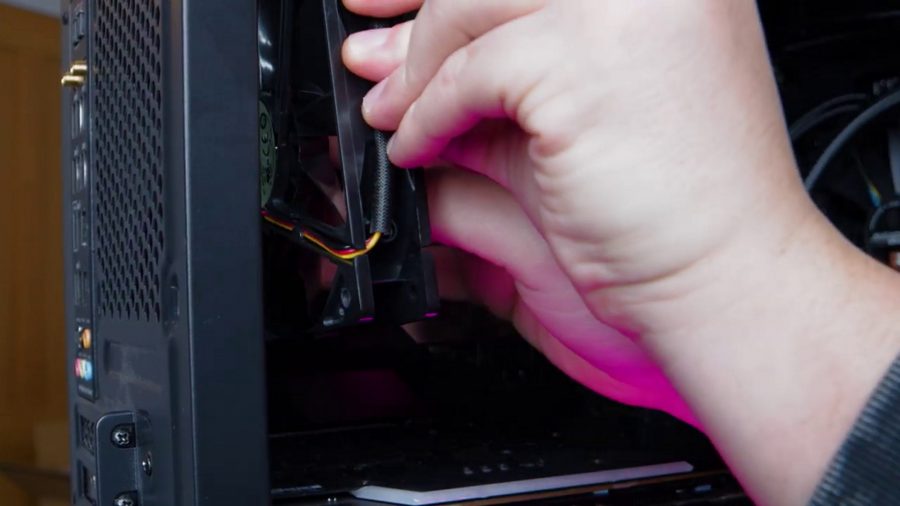
4. Plan things
If your gaming PC is already built, your job will be much easier if you unplug everything to start over. With a blank canvas, you could Just grab all your components and deploy them, but you’ll probably run into trouble if you don’t have a plan for how you want to route your cables.
As a user of a modular power supply, you can start by connecting the cables your system needs and leave the rest in the box. Don’t lose them because you might need them for a future update. However, if you’re using a non-modular power supply, the best thing to do is isolate unnecessary cables with Velcro ties to keep them out of the way.
If your case doesn’t have cutouts, use outlines around it.
Fan cables are usually quite short, so it might be a good idea to route them directly to the motherboard, but this can sometimes result in extra slack that doesn’t look very appealing. On the contrary, placing it too far away can mean that it does not reach. It is best to rotate each fan until the cable is well positioned around the frame, leaving enough room to connect to the fan connector.
Remember that turning is fine, but flipping can turn a supply fan into an exhaust fan and vice versa, which will affect its temperature. In a typical setup, the front and bottom fans draw in air, while the top and rear fans blow it out. You can determine the direction around the fan because the air hits the curved part of the blades first.

5. Arrange the cables in order
Since the cables of the best CPU cooler, fans, and front of the case are thinner than braided power cables and don’t stretch too much, you should connect them to your motherboard before starting a larger project. There is nothing worse than going through all the cables and finding that one does not go through because the other is in the way.
Once you’ve connected all the necessary SATA cables and routed them through the back of the hard drive cage, you can turn your attention to the large box at the bottom. We recommend dealing with the larger cables first, such as the motherboard’s 24-pin power connector, as these can be difficult to route when other cables are in place.
All power cables should be routed in loops around the sides of the chassis or preferably at the rear using cutouts. This means it won’t clog your fans, heat sinks, or coolers, improving airflow and even extending the life of your gaming PC.
Use special features like cable rods.
Once all the cables are connected, do a final check to make sure everything is in order to avoid panicking about pressing that button with no response. make sure you have absolutely turned on the power in the back. Not much of the wireway is visible from the front, and the necessities disappear behind a nearby cutout. The back of the motherboard should be just as neat if you’ve used most of the length of each cable.
Once your computer has successfully booted up and everything is up and running, and you don’t feel like a particular cable would work better in another location, you can plug in the cables, reattach the side panels, and you’re good to go. your hard work.
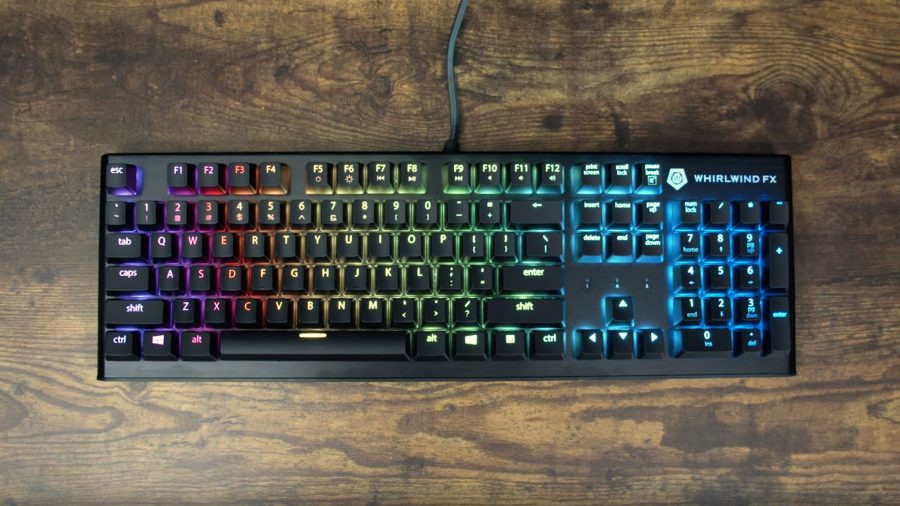
6. Away from your computer
It’s nice to have a neat PC, but the back of the best gaming table needs to be just as neat. After all, they say: “A clean table, an orderly mind.” There are some pretty easy ways to hide cables, like running your power cord and displaying cables behind the best gaming monitor stand, or investing in a cable management system under your desk to keep cables off the floor.
If cables really get on your nerves, you might consider buying the best wireless gaming mouse and the wireless version of the best gaming keyboard. However, those of you who don’t have cables might consider pairing the best mouse with a rubber band to avoid dragging cables. and guide them carefully to where you want them.
Those of you with a busier rig that includes a better gaming microphone can’t afford to go wireless, unless you opt for Antlion’s wireless Modmic, of course. . In this case, you may want to drill holes in your desk for the cables to disappear under the table, but you need to make sure your peripherals are absolutely in the correct position before that.
Just like inside your PC, we again recommend Velcro ties to store any excess cable, but these can be easily removed when replacing one of your peripherals.
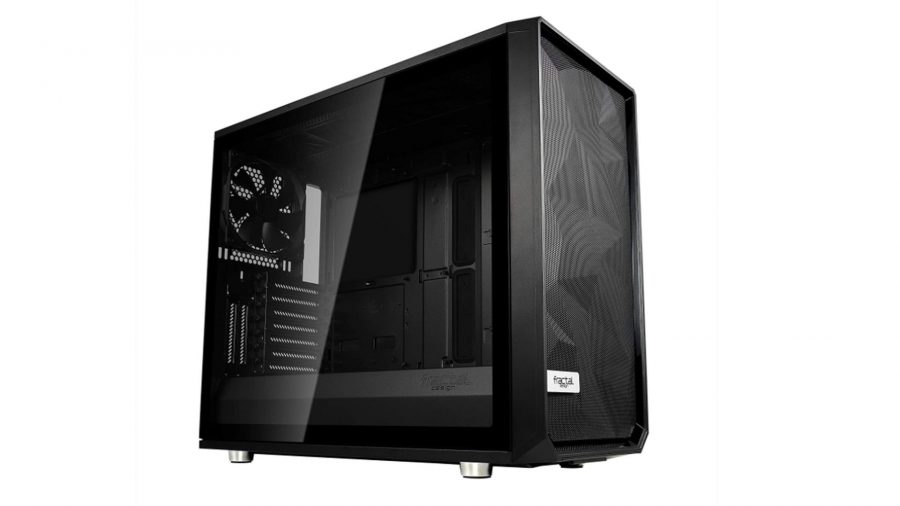
Which PC Case is Best for Cable Management?
Most of the best gaming PC cases will be designed with cable management in mind, but that doesn’t mean it’s going to be an easy task. Depending on your choice of power supply, you’ll need to carefully consider where to route connections and cables, and if you’re using a non-modular power supply, you’ll need to hide excess connections in the slots.
Do graphics cards need power cables?
Most modern graphics cards require a power connection, Nvidia’s RTX 4000 series GPUs may require the new PCIe 600W standard. There are still options for low-spec gamers and mini-build enthusiasts, though, as models like the GTX 1050 Ti and AMD Radeon RX 460 can use your motherboard’s PCI for power while still offering a modest performance.
Source : PC Gamesn

